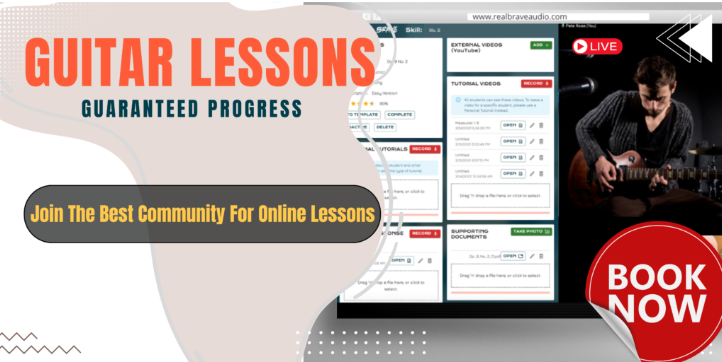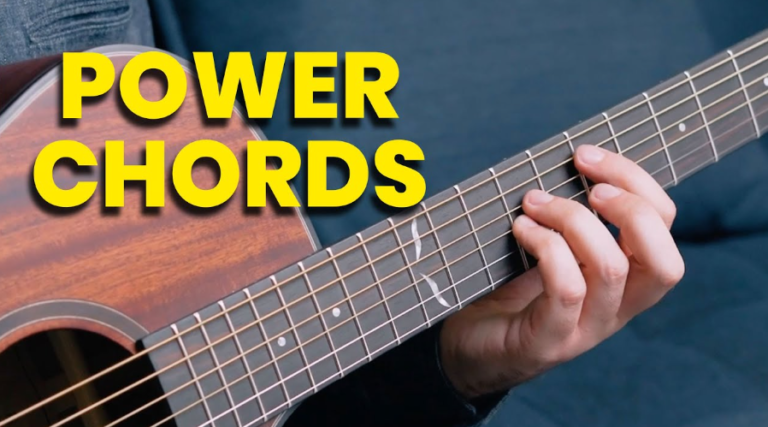Learn The Basics Of The Greatest F Power Chord
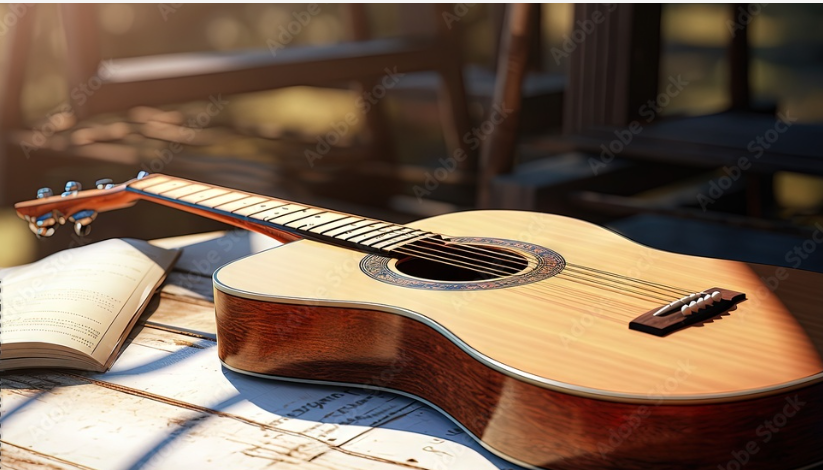
Welcome to this blog where we delve into one of the fundamental elements of guitar playing: the power chord. In this comprehensive guide, we’ll explore the intricacies of the F power chord, a versatile and indispensable tool for guitarists across all skill levels and musical genres. From its foundational construction to its diverse applications and practical tips for mastery, this blog aims to equip you with the knowledge and techniques needed to harness the full potential of the F power chord. Whether you’re a beginner seeking to expand your repertoire or a seasoned guitarist looking to refine your skills, join us on this journey as we uncover the secrets of the F power chord and unlock its creative possibilities.
Definition And Structure
A power chord, also known as a fifth chord or a perfect fifth, consists of just two notes: the root note and its perfect fifth. Unlike traditional chords that incorporate three or more tones, power chords offer a stripped-down, raw sound characterized by strength and simplicity. The absence of the third interval, which typically determines a chord’s major or minor quality, gives power chords their ambiguous, neutral tonality.
The F power chord is formed by combining the root note, F, with its perfect fifth, C. This creates a robust and resonant sound that lends itself well to a wide range of musical styles. The simplicity of the F power chord makes it accessible to beginners, while its versatility makes it indispensable for seasoned guitarists.
Fretboard Diagram
Visualizing the placement of fingers on the guitar fretboard is essential for mastering the F power chord. Starting from the low E string (the thickest string), the F power chord is typically played by pressing down the first fret with your index finger while simultaneously fretting the third fret on the A string with your ring finger or pinky. This formation results in a chord shape that can be easily moved up and down the fretboard to play different power chords.
Referencing a fretboard diagram can aid in understanding the finger positions required to play the F power chord accurately. By memorizing this shape and practicing transitions between chords, guitarists can develop fluency and agility in incorporating the F power chord into their playing repertoire.
Understanding the structure and formation of the F power chord lays the groundwork for mastering its execution and exploring its creative potential in guitar playing. In the subsequent sections, we’ll delve deeper into techniques for playing the F power chord effectively and its diverse applications across various musical contexts.
Playing the F Power Chord:
To play an F power chord on guitar, you’ll follow these steps:
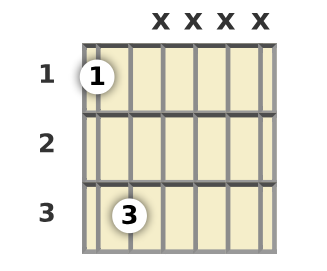
- Position your index finger on the 1st fret of the low E string (6th string).
- Position your ring finger (or pinky, whichever is more comfortable for you) on the 3rd fret of the A string (5th string).
- Strum only the two strings you are fretting: the low E string and the A string.
This will create an F-power chord. Make sure to mute the other strings with your fingers or by lightly touching them with the palm of your strumming hand to avoid unwanted noise. Practice switching between different power chords to become comfortable with them.
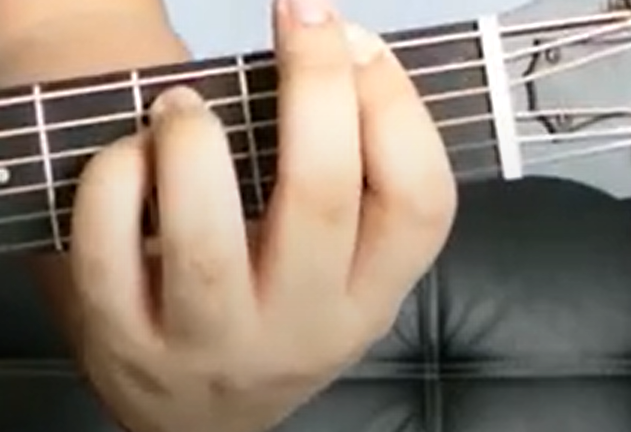
Applications of the F Power Chord
The F power chord finds widespread use across numerous musical genres, owing to its versatility and distinctive sound. Understanding its applications provides insight into its role in guitar playing and offers inspiration for incorporating it into musical compositions.
Rhythm Guitar Playing
In rhythm guitar playing, the F power chord serves as a versatile tool for building dynamic progressions and driving the rhythm section of a song. Its neutral tonality allows it to seamlessly blend with major or minor chord progressions, providing a solid foundation for accompanying melodies and vocals. Guitarists often employ variations of the F power chord, such as muting certain strings or adding embellishments, to create rhythmic textures and add depth to their playing. Whether in punk, rock, metal, or alternative music, mastering the F power chord is essential for aspiring rhythm guitarists seeking to develop their musical prowess and stage presence.
Tips for Mastering the F Power Chord
While the F power chord is relatively simple in its construction, mastering its execution and incorporating it fluidly into guitar playing requires dedication and practice. Here are some tips to help aspiring guitarists hone their skills and unlock the full potential of the F power chord:
Practice Exercises
Dedicate focused practice sessions to mastering the F power chord, starting with slow, deliberate movements to ensure the accuracy and clarity of each note. Gradually increase the tempo as your proficiency improves, challenging yourself to play the chord smoothly and seamlessly across different fret positions. Incorporate exercises that target finger strength, dexterity, and coordination, such as chromatic exercises, fingerstyle patterns, and chord transitions. Consistent practice is key to developing muscle memory and building confidence in executing the F power chord with precision and control.
Troubleshooting
Identify common challenges and obstacles encountered when learning the F power chord, such as buzzing strings, muted notes, or finger fatigue. Experiment with adjusting your finger placement, hand position, and fretting pressure to achieve optimal sound quality and resonance. Focus on maintaining a relaxed yet firm grip on the guitar neck, allowing your fingers to move freely and effortlessly between chord shapes. Don’t be discouraged by initial setbacks; perseverance and patience are essential virtues on the journey to mastering the F power chord.
Incorporating Variations
Explore different voicings and variations of the F power chord to expand your sonic palette and creative possibilities. Experiment with adding octave notes, doubling the root or fifth, or incorporating open strings to create richer, more textured sounds. Incorporate these variations into your playing repertoire, experimenting with different strumming patterns, rhythms, and dynamics to enhance musical expression and depth. Embrace experimentation and creativity, allowing your unique musical voice to shine through as you explore the sonic landscape of the F power chord.
By incorporating these tips into your practice routine and approach to guitar playing, you’ll be well-equipped to master the F power chord and unleash its creative potential in your musical journey. Stay inspired, stay dedicated, and keep exploring the boundless possibilities of the guitar.
As we conclude our exploration of the F power chord, it’s evident that mastering this fundamental element of guitar playing opens up a world of creative possibilities and musical expression. From its humble beginnings as a simple combination of two notes to its pivotal role in shaping the sound of countless iconic songs, the F power chord stands as a testament to the power of simplicity and versatility in music. Whether you’re strumming along to your favorite tunes or crafting your own compositions, the F power chord serves as a reliable companion, offering strength, depth, and character to your playing. So, as you embark on your guitar journey, remember to embrace the F power chord with confidence and creativity, knowing that its potential is limited only by your imagination. Keep strumming, keep exploring, and let the music guide you toward new horizons.
Interested in taking your guitar skills to the next level? Click the below and book a free lesson with us! We’re committed to helping you express yourself freely on the guitar without endless scales and theory. Happy playing!
Author: Daniel Powers Jr, the founder of Real Brave™, serves as the chief inspiration to thousands of students in the Real Brave music instruction program. He’s also the visionary behind PracticePad™, an online platform for live one-on-one online music lessons, lesson tracking, and scheduling. Beyond his entrepreneurial pursuits, Daniel leads a non-profit organization that provides formerly homeless children with access to music education, making a profound impact on their lives. His unwavering dedication to music, innovation, and education continues to inspire individuals to reach their fullest potential while creating positive change in communities. Follow Real Brave on all the socials:
youtube.com/@realbraveinc
twitter.com/realbraveinc
https://www.tiktok.com/@realbraveinc
instagram.com/realbraveaudio
facebook.com/realbraveinc
